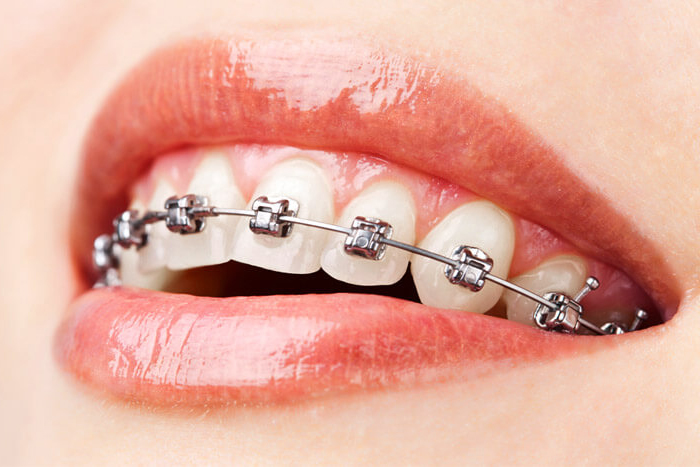
Orthodontic Treatment
Orthodontics is a branch of specialization in dentistry. In the orthodontics department, where the disorders of the jaw and teeth are diagnosed and treated, not only teeth but also lower and midface irregularities are treated. In orthodontics, where two treatment methods are applied: mobile and fixed, the age of treatment is important. While only irregularities related to teeth can be treated at any age, the treatment of skeletal disorders should be done before the end of adolescence.
What is Orthodontics?
Orthodontics is a branch of dentistry that deals with the proper placement of malpositioned teeth on the jaw bones and the diagnosis and treatment of facial irregularities. The aim is to have teeth that are aligned properly and compatible with the teeth in the opposite jaw. Of course, although it means regular teeth, the Orthodontics department, which goes beyond its literal meaning, treats not only teeth but also lower and midface irregularities today.
How is Orthodontics Treated?
Orthodontic treatment is divided into two as mobile or fixed. Removable treatment is performed with transparent plates or prostheses called apparatus that the patient puts on and takes off inside the mouth. This method is used to correct simple irregularities and spaces between teeth. In fixed treatment, parts called brackets that the patient cannot remove are glued to the teeth. These parts can be metal or ceramic and are connected to each other with special wires. In this way, the irregularities are corrected by moving the teeth.
In addition, in order to correct some jaw problems, headgears called chinrests and headgears are used outside the mouth to correct the jaws.
Is There an Age Limit for Orthodontic Treatment?
Only irregularities related to the teeth can be treated at any age. However, in cases of skeletal disorders (the lower jaw is forward or too far back, the upper jaw is too small, etc.), treatment should be done before the end of puberty. In older ages, skeletal problems can be treated with comprehensive surgeries called orthognathic surgery. In order to avoid the need for such complicated treatments, the first orthodontic examination should be performed at the age of 7-8.
What Problems Does Orthodontic Treatment Include?
Orthodontic treatment can be applied to teeth that are spaced, crooked, impacted, crooked, crooked and have maldeveloped jaws.
What Should Be Considered After Orthodontic Treatment?
Some important points should be considered after orthodontic treatment. Tooth movements made during orthodontic treatment want to return after treatment. The reason why teeth want to return to their former state is due to both the flexibility of the gum fibers and the fact that movements such as biting and chewing move the teeth towards the front. A different tendency to relapse can be seen in each patient.
After treatment, two types of precautions are usually taken to prevent relapse. One of these is fixed protectors (retainers) applied to the inside of the lower teeth after the brackets are removed. These protectors are not felt in any way and can be easily cleaned. Another type of protector applied is the movable protector (essix plate). These are transparent, worn 24 hours a day for the first 6 months after the treatment is completed, and the wearing time is gradually reduced according to the doctor’s preference.
Protecting the teeth that have become straight after orthodontic treatment is as important as the treatment itself. Preventing the teeth from moving back to their old places ensures that the teeth look good and can fully perform their chewing function for a lifetime. For this reason, it is important for patients to follow the reinforcement treatment carefully and not to neglect their check-ups with the orthodontist.
How Long Does Orthodontic Treatment Last?
The duration of orthodontic treatment is a situation that varies for each patient. The duration of treatment varies from patient to patient, and even from doctor to doctor.
In general, orthodontic treatment involves a long-term treatment process. While some malocclusions can be corrected with a single-stage treatment, in some cases, correction can only be achieved after two or three stages of treatment. While simpler orthodontic problems can be solved with a treatment plan of a few months, there are patients who can take up to 1.5-2 years, depending on the type of problem.

